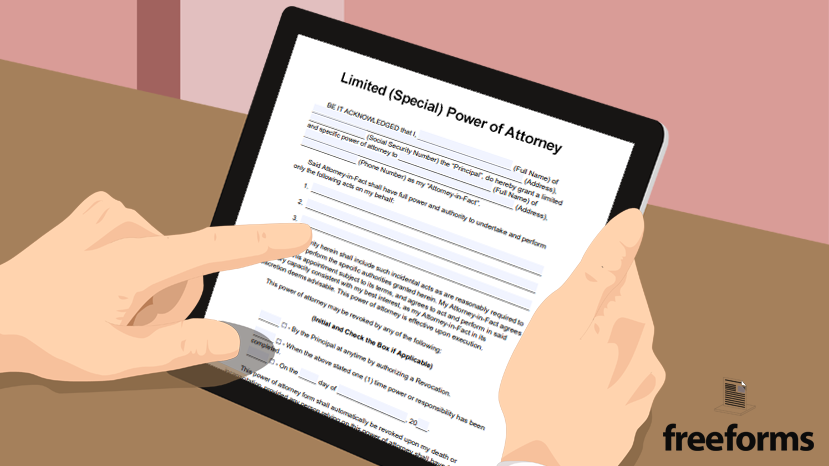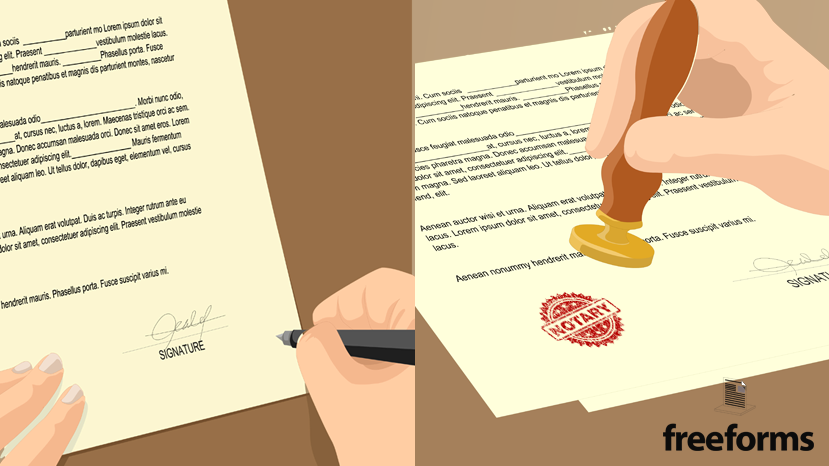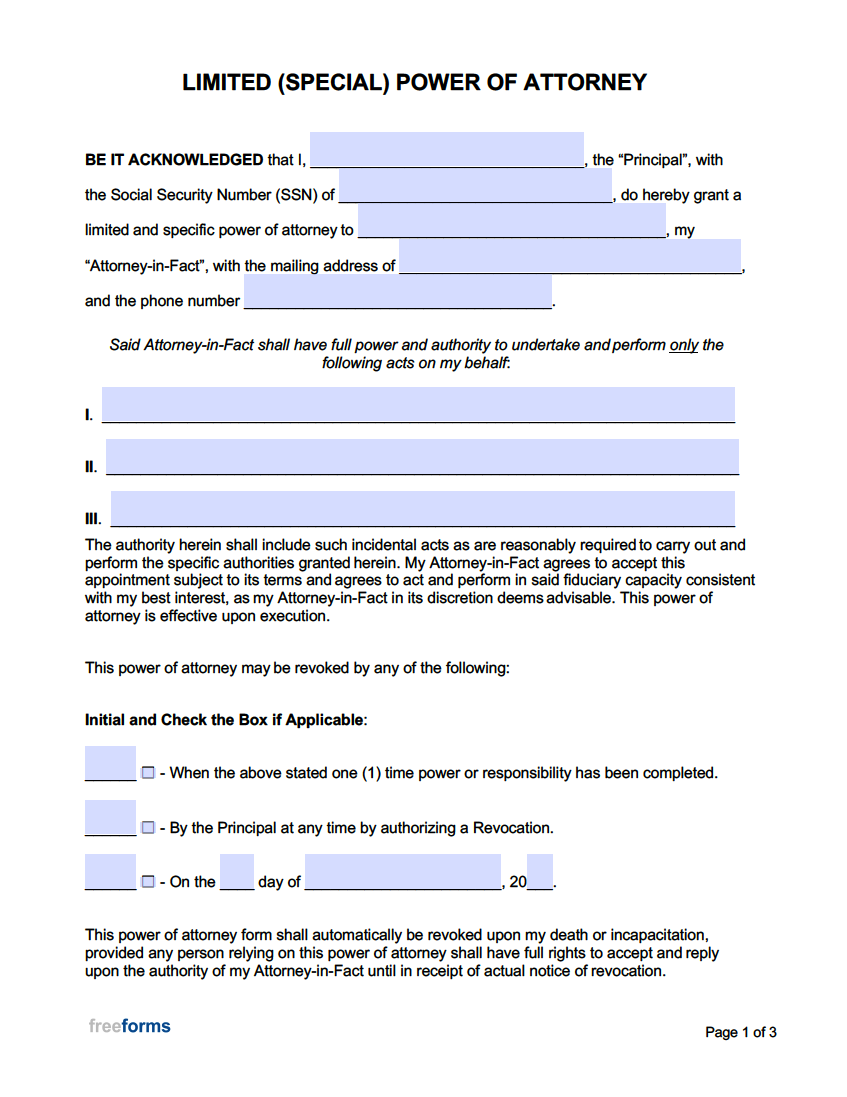The Limited (Special) Power of Attorney caters to those who wish to grant powers to a trusted agent to conduct specific functions in their name. The designated acts can vary in magnitude depending on the principal’s needs, some requiring simple tasks to be executed, with others utilizing the form for more large-scale performances. This document can adopt various features of other popular POAs, making it a highly customizable legal form. Parties interested in conveying a limited power of attorney may do so by listing the assigned duties within the form, providing any restrictions of this access, and concluding the transfer of rights by signing the instrument as indicated.
By State
- Alabama
- Alaska
- Arizona
- Arkansas
- California
- Colorado
- Connecticut
- Delaware
- Florida
- Georgia
- Hawaii
- Idaho
- Illinois
- Indiana
- Iowa
- Kansas
- Kentucky
- Louisiana
- Maine
- Maryland
- Massachusetts
- Michigan
- Minnesota
- Mississippi
- Missouri
- Montana
- Nebraska
- Nevada
- New Hampshire
- New Jersey
- New Mexico
- New York
- North Carolina
- North Dakota
- Ohio
- Oklahoma
- Oregon
- Pennsylvania
- Rhode Island
- South Carolina
- South Dakota
- Tennessee
- Texas
- Utah
- Vermont
- Virginia
- Washington
- West Virginia
- Wisconsin
- Wyoming
What is a Limited Power of Attorney?
A limited power of attorney allows an individual to grant legal authority to another person regarding a defined area or specified act. The issuing party or “principal” essentially endows the receiving “agent” with temporary permission to perform cited actions on their behalf. The contract can bestow the identified privileges to effectively expire on an indicated date or upon completion of a particular task. The arrangement can alternatively be instated as “springing”, meaning that the powers only go into effect should a triggering situation occur, such as the death or incapacitation of the principal.
Standard Uses:
- Performing Banking Transactions
- Paying Bills
- Buying/Selling Personal Property
- Collecting Monies Owed
- Real Estate Management
- Vehicle Registration
- Tax Representation
Utilizing a limited POA can be beneficial in scenarios where the declarant is absent for an extended period or under circumstances where health problems impede their ability to conduct necessary transactions. Refer to your state’s statutes listed below before endorsing to ensure the execution of the document meets the associated signing requirements.
How to Get a Limited Power of Attorney
- Step 1 – Determine Which Powers to Grant
- Step 2 – Choose a Designated Agent
- Step 3 – Complete the Form
- Step 4 – Sign and Notarize the Document
- Step 5 – Distribute the Finalized Contract
Step 1 – Determine Which Powers to Grant

Since a limited POA agreement is highly adaptable, mapping out the exact privileges needed for distribution in advance would be prudent. The granted permissions should be restricted to allow the agent to carry out the necessary task without extending nonessential powers. The accord’s termination can also be defined explicitly in the paperwork by instituting an expiration date or completion of the agent’s performance.
Step 2 – Choose a Designated Agent

The nomination of an attorney-in-fact should be carefully considered before issuing the desired controls. It is advised that the principal party only bestow assigned authority to an individual deemed trustworthy and responsible. A reliable family member, close friend, or credible professional may present viable options to receive authorized agency.
Step 3 – Complete the Form

Select the corresponding link for your state to acquire the correct form to issue the designated powers of attorney. Once redirected to the desired state-specific limited POA page, the document (PDF or MS Word Doc) can be downloaded or printed. The contract can additionally be filled out on the FreeForms website by selecting the “Fill Now” feature.
After obtaining the correct form, fill in the blanks with the related transaction information. Provide precise language in detail to issue only the controls that are necessary to complete the assigned task. Establish the termination method for the agreement, either upon fulfillment of the indicated performance or arrival of a confirmed expiration date.
Step 4 – Sign and Notarize the Document

After the paperwork has been sufficiently filled as directed, it will then need to be signed by the participants to legitimize the commitment. In addition to state-specific forms, each state has varying legislation regarding endorsement verification for POA documents. Review the signing requirements below to determine if a licensed notary or witness(es) will need to be present when singing. In cases where there is no legal mandate in place, it is recommended that the event be notarized to further validate the contract’s execution.
Step 5 – Distribute the Finalized Contract

Once the document is finalized, it is advised that all included parties receive a copy of the paperwork to retain for reference. The attorney-in-fact will then be an active representative for the principal and permitted to carry out the denoted tasks by presenting the POA to the associated establishment (e.g., the DMV or a Bank). When signing on behalf of the declarant, the agent will need to indicate authority by writing “Acting as POA” alongside their signature in the appropriate space.
Signing Requirements and POA Laws by State
Revoking a Power of Attorney
The manner in which a limited POA can be revoked will depend on how the controls were initially issued within the language contract. When first establishing the agreement, the principal can elect to institute an automatic termination provision to take effect upon:
- A Stipulated Expiration Date
- Completion of the Assigned Task
If the declarant would rather keep the arrangement in place without utilizing one of these clauses, they can alternatively cancel the commitment with a separate document. Annulment of the original limited POA can be attained by completing and delivering a Revocation of Power of Attorney Form. The accord also becomes void in the event of the death or incapacitation of the principal or agent.
Sample Limited Power of Attorney Form
Download: Adobe PDF, MS Word (.docx)

